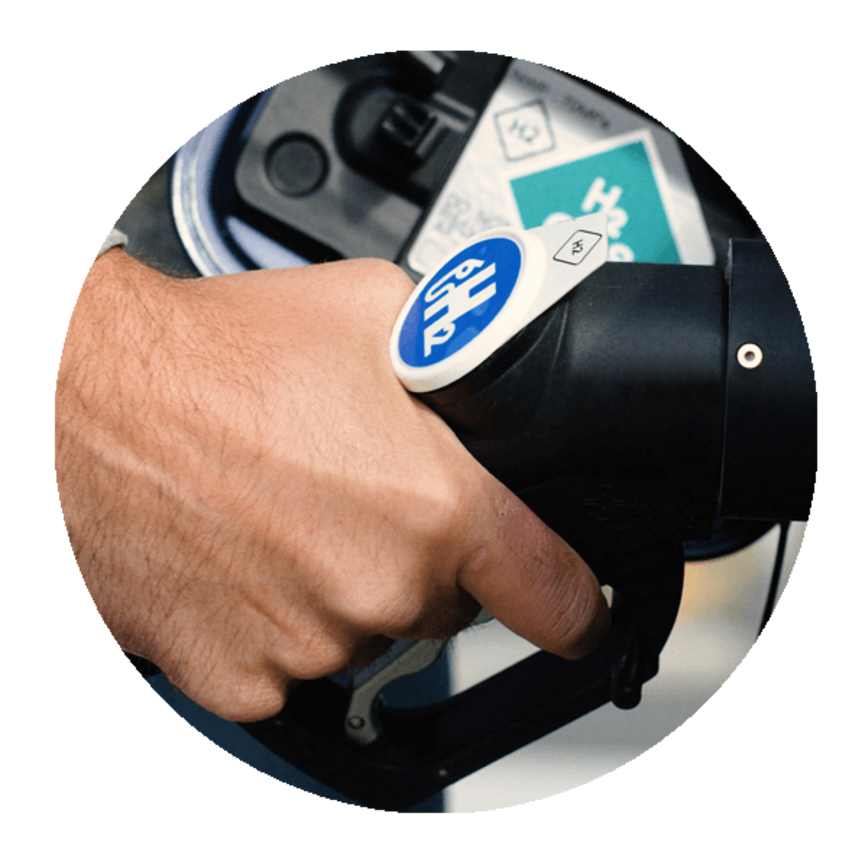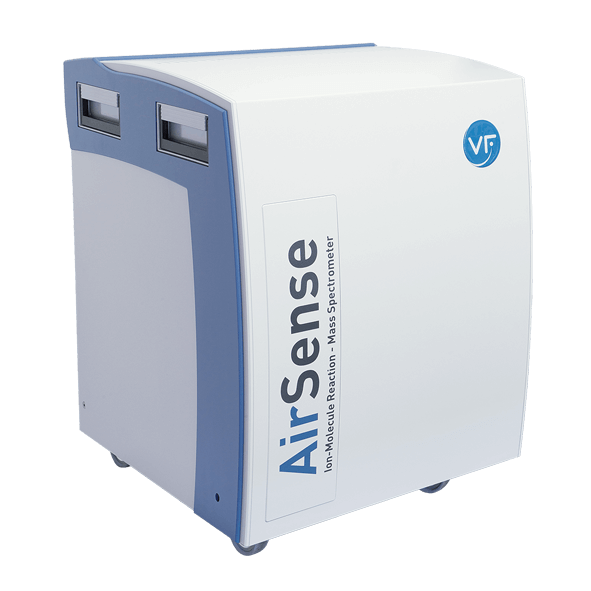New zero-emission vehicles equipped with a polymer electrolyte fuel cell are powered by hydrogen. These fuel cells require a hydrogen quality that can only be achieved by means of modern hydrogen purification technologies, such as pressure swing adsorption or by means of selective diffusion across a palladium-coated membrane. The use of hydrogen with impurities can result in damaged fuel cells after a relatively short time.
To counteract this, guidelines for acceptable hydrogen units have been established in the international standard ISO 14687:2019. This defines the maximum allowable levels of impurities for compounds such as H2O, O2, He, N2, Ar, CO, CO2, TS, THC, HCHO, HCOOH, NH3, HBr , HCl and Cl2. EU Directive 2014/94/EU also specifies that all hydrogen filling stations must take these thresholds into account.


























